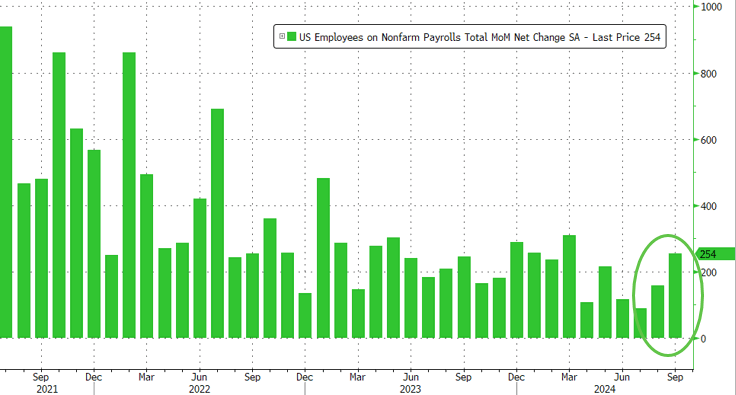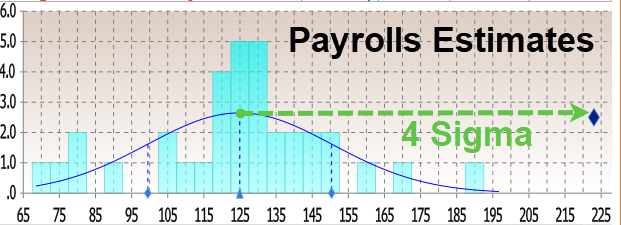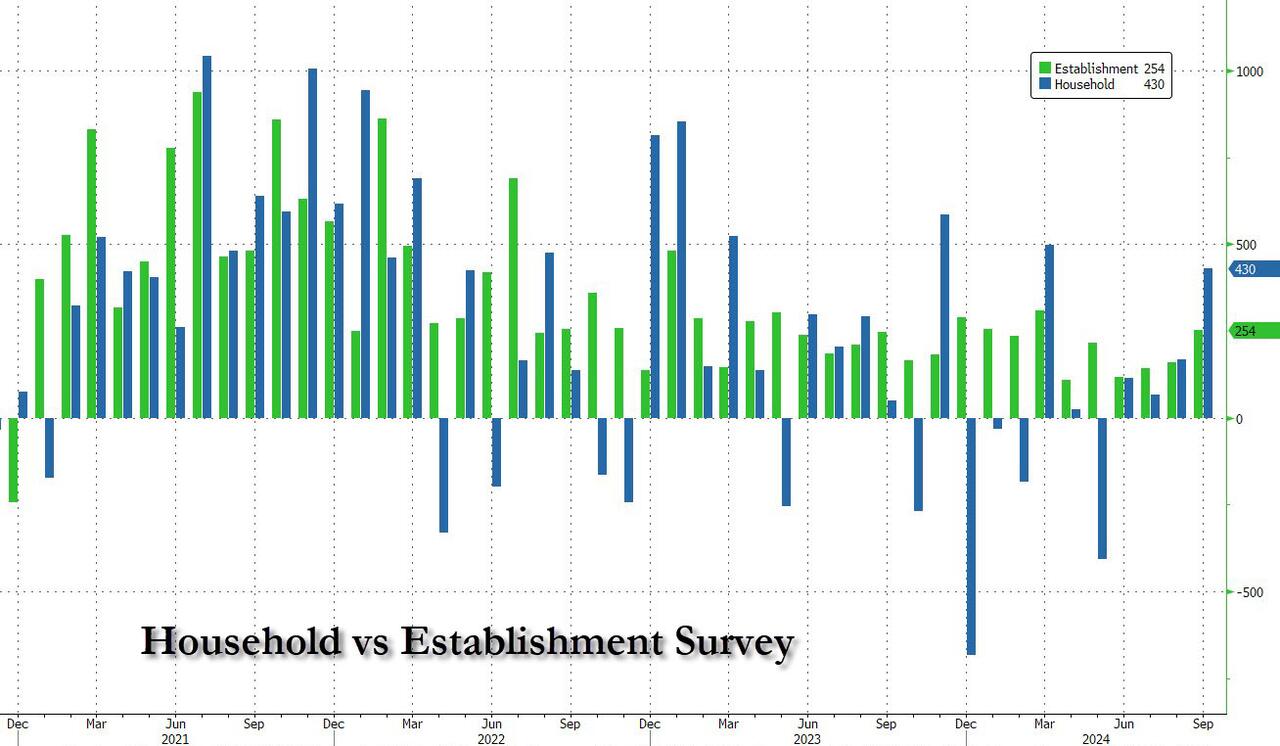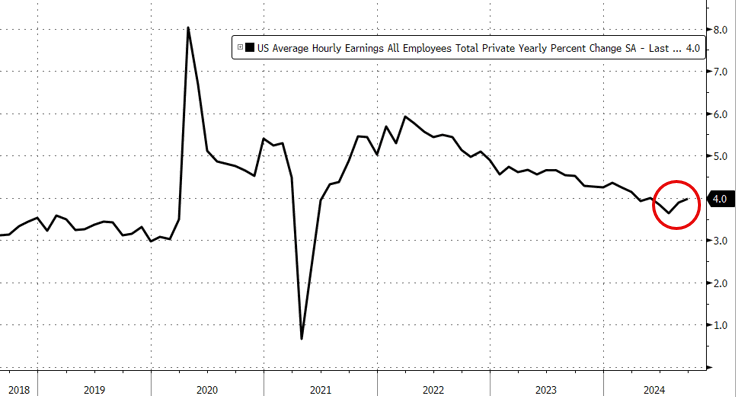“A bun in the toaster oven,” a woman exclaims off-camera, handing an ultrasound image to family members who erupt into tearful emotion over the news. “Oh my God!”
The touching baby announcement video then gets down to business as text appears on the screen amidst the ongoing celebration, suggesting the best way to stay alive for this joyous birth is by becoming vaccinated against COVID-19. “Why will you get vaccinated? … Because some people you just want to meet in person.”
It closes with the tagline: “Science can make this possible. Only you can make it real.”
The evocative 2021 television spot was funded by Pfizer just as the pharmaceutical giant was rolling out its COVID-19 vaccine. The spot may have seemed like any other pharmaceutical advertisement. But there was something missing. The ad, and many others like it financed by vaccine manufacturers, did not include any of the typical disclaimers about risks associated with vaccines, nor any disclosures that they had not yet received Food and Drug Administration approval.
Most early vaccine ads did not include the typical disclosures about risks, incluidng those for pregnant women.
AP
Although Pfizer and other pharmaceutical companies were operating under a special Emergency Use Authorization (EUA) that allowed them to sell their COVID vaccines without going through the traditional testing and approval process, that authorization explicitly required vaccine ads to include a prominent warning that the medicines had not been fully tested for potential risks.
A RealClearInvestigations review of ads that ran tens of thousands of times during the pandemic found that the major vaccine companies routinely exploited a regulatory loophole to skirt those marketing rules while embarking on massive paid media campaigns to sell the COVID-19 vaccines. By casting their spots as public service announcements – promoting the idea that people should get vaccinated, rather than a company’s specific product – drug companies claimed the disclosure requirements did not apply.
As a result, the required disclosure about the vaccine operating under emergency approval rarely appeared in any of the ads, even as many employers, including the federal government, required tens of millions of Americans to get vaccinated.
“It’s an advertising laundering operation,” said Aaron Kheriaty, a bioethicist and fellow at the Ethics and Public Policy Center. The ads “violate the spirit of the EUA, if not the letter of the law.”
The ad blitz was plastered across television and social media and later celebrated by drug industry insiders as one of the most effective pharmaceutical outreach campaigns of all time. The flood of ads not only promoted Pfizer and Moderna’s products but helped influence public opinion, transforming an industry once viewed as driven by greed into altruistic heroes stepping up to solve a health crisis with no ulterior motives.
A billboard displays Pfizer's "Science Will Win" COVID-19 slogan.
AP
WPP, the advertising conglomerate that crafted Pfizer’s “Science Will Win” ad campaign during the pandemic, was clear about the motivation when speaking to a trade outlet. “‘Science Will Win’ campaign was about changing the perception that pharmaceutical companies profited from health and from sickness,” Claire Gillis, the international chief executive officer of WPP Health Practice, boasted to The Drum, a marketing industry outlet.
Yet the role of the COVID-19 vaccine ads, which widely shaped public opinion and galvanized support for the drug industry, remains largely unexplored. Critics say it is another example of rules for pharmaceutical companies that were tossed to the wayside as maximalist policies swept through society. Online censorship, vaccination mandates, school closings, general lockdowns, and other draconian restrictions were imposed on citizens, while drug companies poised to reap unprecedented multi-billion dollar profits were given unusual and largely unscrutinized leeway.
The attorneys general of Texas and Kansas have accused Pfizer of widely misleading the public on the effectiveness of its vaccine. Both states contend that the company violated rules that bar pharmaceutical firms from deceptive messaging, though their lawsuits largely focus on statements by company officials. Pfizer has denied that it misrepresented the vaccine and said in court documents that it is “immune” from claims since the company was acting under authorization from the federal government.
These so-called “direct-to-consumer” drug ads are a contentious area of public health. The United States and New Zealand are the only countries that permit such ads. A study from the Government Accountability Office found that from 2016 through 2018, drug manufacturers spent $17.8 billion on direct-to-consumer ads for just 553 drugs, almost all of which were brand name. Experts have sharply criticized the ads for misleading patients and encouraging many to seek out medications that are not clinically appropriate.
The tsunami of drug ads began in 1997 when Congress lifted previous restrictions and allowed pharmaceutical ads as long as they contained a summary of the risks of each product at the end of the commercial. This has given many ads a whiplash quality, as sunny visions of a medicine’s benefits are followed by a parade of horribles regarding common side effects ranging from hallucinations and nausea to strokes, suicidal ideation, and even heart attacks.
Pfizer sidestepped FDA rules regarding disclosure through "unbranded" vaccine campaigns.
AP
However, COVID ads from Pfizer that ran nationally during the early rollout of the vaccine contained no basic disclosure, despite the fact they were marketing a drug that had enhanced disclosure requirements. The risks around myocarditis and other heart issues were not acknowledged in spots, nor were the relative lack of benefits for young, healthy individuals with prior infection immunity.
The most glaring omission, however, was the lack of disclosure that the vaccines had not yet received FDA approval. Under the emergency approval to Pfizer and Moderna, issued in December 2020, both pharmaceutical firms were required to remind viewers of the EUA status of the vaccines in any paid media. It stated that “all descriptive printed matter, advertising, and promotional material” relating to the vaccine must “clearly and conspicuously” state that “this product has not been approved or licensed by FDA” and was authorized only under the emergency use declaration.
Those disclosures were almost nowhere to be found in countless advertisements that appeared over the ensuing months of the pandemic, as Americans faced widespread coercion to receive the shot.
In a response to a request for comment, a Pfizer spokesperson claimed that the ads were “unbranded campaigns,” and thus, no disclosures were required. Moderna provided a similar explanation. “As this was a non-branded disease education campaign EUA disclosures were neither necessary nor appropriate,” said a company spokesperson.
In other words, although both vaccine firms poured vast resources into marketing and advertising the vaccine, they did not mention the official brand names – Pfizer’s COMIRNATY and Moderna’s SpikeVax – and therefore, under this interpretation of the rules, neither the routine direct-to-consumer disclosures nor the EUA disclosures applied.
That justification strikes some medical ethics experts as pure sophistry.
Dr. Martin Kulldorff says even unbranded campaigns should have accompanying warnings.
LinkedIn
“Since the COVID vaccines were approved under EUA, even unbranded ads should have carried the required warning,” noted Dr. Martin Kulldorff, a biostatistician and infectious disease epidemiologist, and critic of many vaccine policies.
The intent of the ads was clear to the marketing firms that managed them. WPP’s Gillis, in her remarks to The Drum, said that elevating the brand as part of the vaccine ads was very much the point. “Go to the doctor and ask for ‘Pfizer vaccine,’” she said, discussing the strategy.
Dini von Mueffling, a New York communications specialist who assisted with many of the Pfizer ads, later discussed the effort with Contagious, another marketing industry publication. The “many legal regulations,” said von Mueffling, “I think ultimately stymie creativity.” But, she added, “we worked within those regulations and were still able to be very creative, which was great.”
Pfizer ran many iterations of its “unbranded” COVID-19 vaccine campaign. The “Because of This” ad campaign featured real people rather than actors answering the question of why they will get vaccinated. “Because this year she turns one, and I’m 74,” the tagline of one Pfizer-sponsored ad read. Another, titled “Hug,” showed two women clutching each other, weeping. “Because you can’t hug a computer screen. Why will you get vaccinated?” the text of the ad asked, in a nod to the lockdown orders.
Moderna, while operating under the EUA, launched a “Make it Yours” campaign to encourage the use of its vaccine. The company brought on partnerships with the Seattle Seahawks and Boston Red Sox. One of the animated ads featured former Seahawks star Jordan Babineaux, who instructed viewers to “always protect the team” and get vaccinated. “With the vaccines here to help millions, we can take steps towards life as we knew it,” narrated Babineaux.
In other cases, third-party groups funded by Pfizer and Moderna blanketed viewers with ads urging vaccination without any disclaimers.
Immunize Nevada, a nonprofit that popped up during the pandemic and then disappeared, ran Facebook ads with a doctor imploring viewers to “get vaccinated.” GovVax, another group funded by vaccine industry sources, sponsored social media ads touting vaccines as “free, safe and effective.” The National Hispanic Medical Association, backed by grants from the vaccine pharmaceutical industry, similarly sponsored a “Get Vaccinated” social media campaign.
Former Seattle Seahawk Jordan Babineaux was featured in a Moderna "Make it Yours" vaccine campaign.
NFLPV AP
Pfizer also tapped the largely unregulated world of influencer marketing. In one instance, the company retained the public relations firm Real Chemistry and an influencer named Darrion Nguyen, who also goes by @Lab_Shenanigans, to create a series of comedic skits mocking vaccine misinformation. The series, titled “I Heard It on the Internet,” mocked critics of vaccine policy as fools who did not follow the science.
Nguyen, who identified himself as a “real life scientist,” produced videos debunking claims such as “vaccines don’t work with Omicron variants” and “vaccines can make you magnetic.” The latter was certainly not true, but the former was up for debate. Research from Israel showed that the Pfizer boosters provided as little as 30% efficacy against the Omicron wave – and other studies suggested at the time that natural immunity provided as much as 87.8% efficacy against the Omicron variant. Those facts were not included in the Pfizer-funded TikTok series.
The star of the Pfizer social media ads, however, later got into his own misinformation scandal. Earlier this year, Baylor College of Medicine in Texas retracted research authored in part by Nguyen, citing falsified data and fabricated lab results. Nguyen, in response to the news, cited “pressure to meet expectations.”
While few news outlets covered Moderna or Pfizer’s ad campaign at the time, both companies were widely celebrated by marketing professionals for the success of the blitz.
Dr. Aaron Kheriaty warns that the money trail is hard to follow in the vaccine industry.
Aaron Kheriaty
YouGov called Pfizer’s ads the most successful of 2020, while Medical Marketing and Media, an industry group, awarded Moderna, Pfizer, and Johnson & Johnson for their innovative marketing efforts.
Pfizer went so far as to submit a detailed presentation touting the impact of its social media and marketing strategy during the pandemic to the “Shorty Awards,” another industry competition for DTC ads and drug marketing innovation. The video montage of the company’s success shows a series of public relations victories for the industry, including a social media pledge to ensure a safe and effective vaccine, which won Pfizer “positive coverage from almost every top tier [news] outlet,” including the New York Times and Bloomberg.
The success in selling the public was buoyed by government support. The United States provided at least $31.9 billion in funds for the development, purchasing, and production of the mRNA vaccines, money that padded record profits. Pfizer generated some $37 billion in revenue from the vaccine in 2021, making it one of the most lucrative drug product launches of all time. Moderna, meanwhile, minted four new billionaires as the company’s stock skyrocketed.
Kheriaty, the bioethicist, is an opponent of all direct-to-consumer ads. But he noted that the vaccine industry campaign appeared particularly pernicious, as government and media voices largely echoed every marketing claim of the vaccine industry with little pushback, while the tens of millions of dollars of pharmaceutical ads provided an inherent conflict of interest for the news programs covering the pandemic.
“You’re probably just at the tip of the iceberg in terms of tracing the money flow,” Kheriaty sighed.
https://www.realclearinvestigations.com/articles/2024/10/03/nondisclosure_vaccine_ad_blitz_sidestepped_transparency_rules_1062548.html










